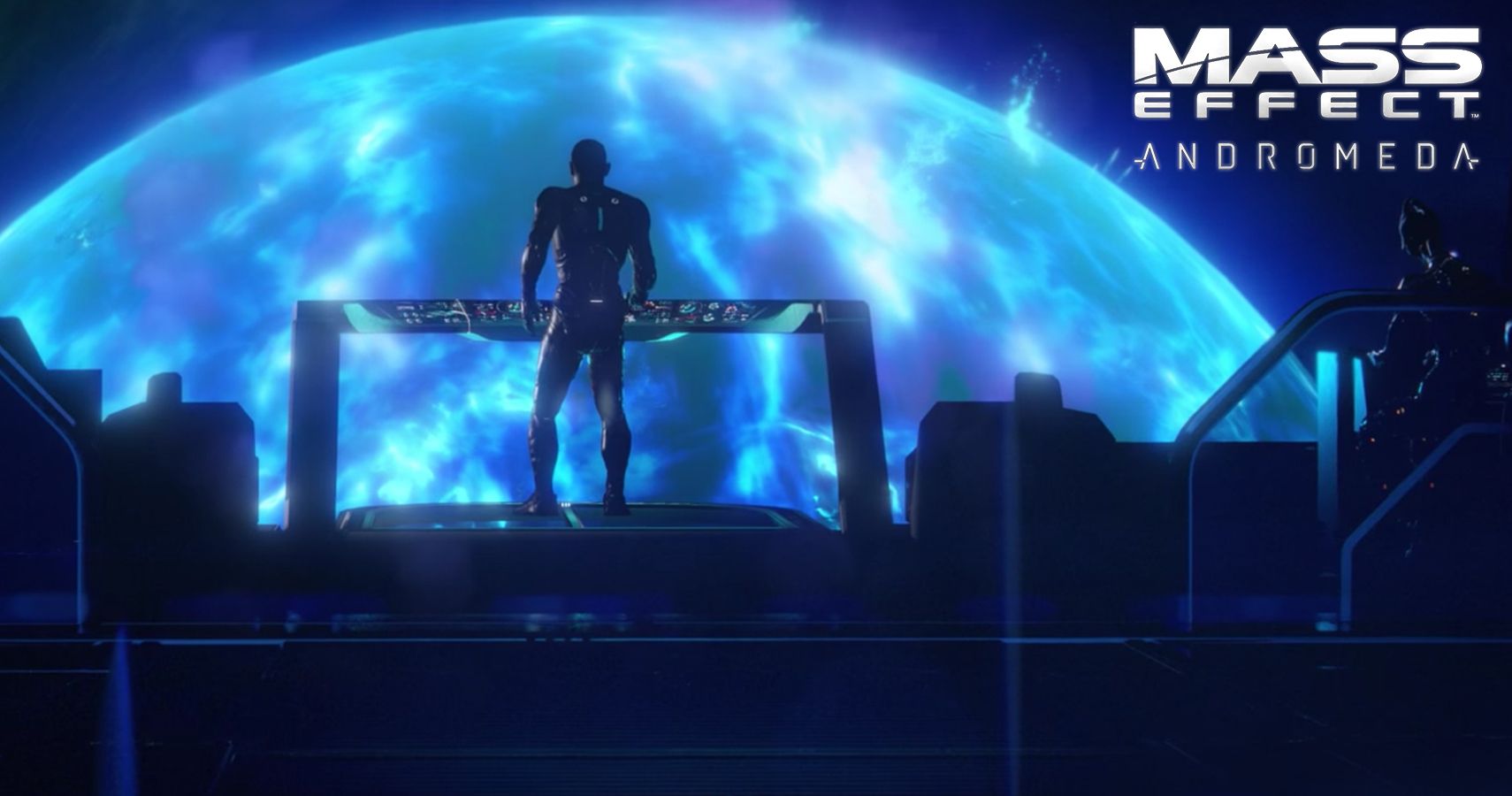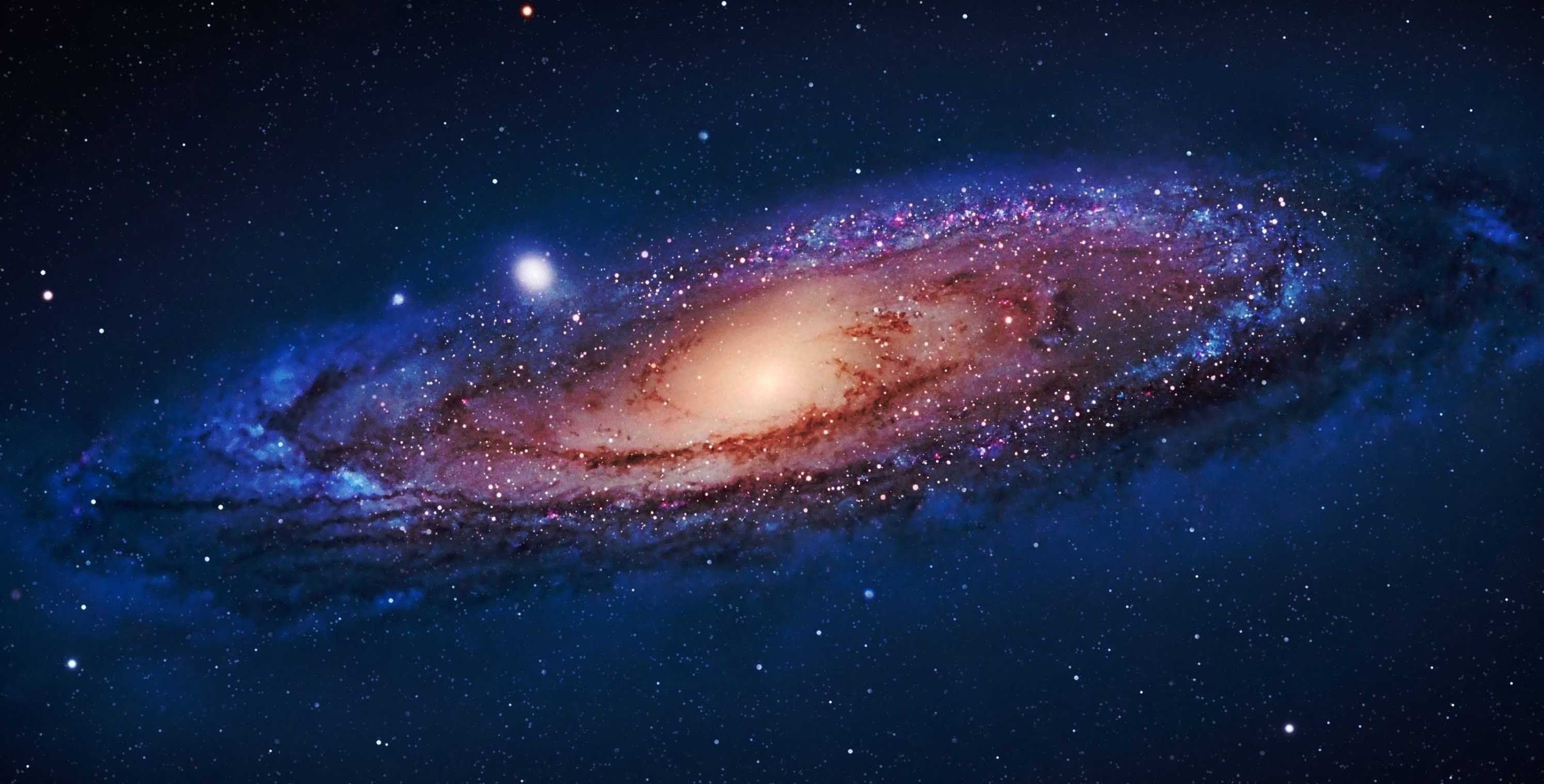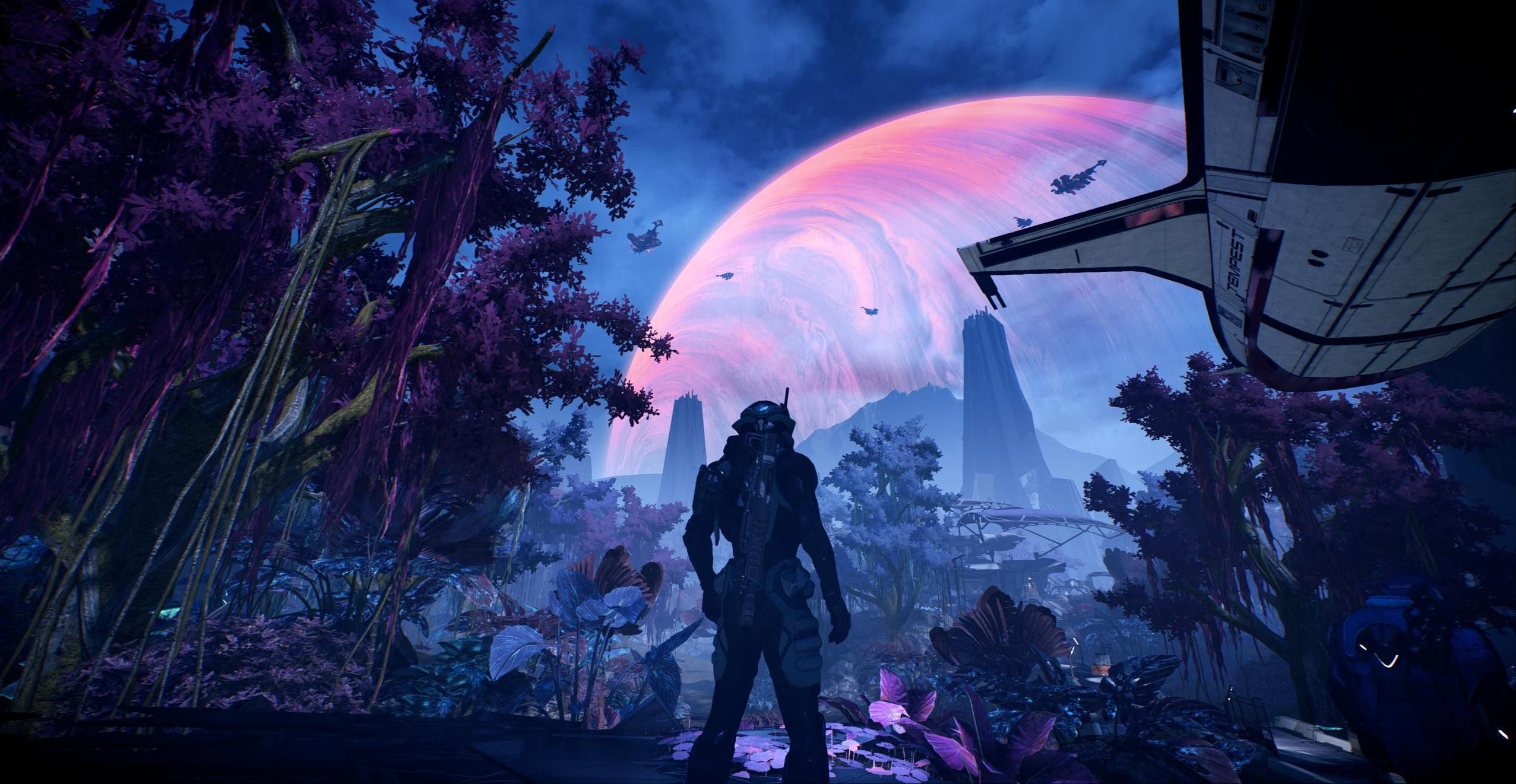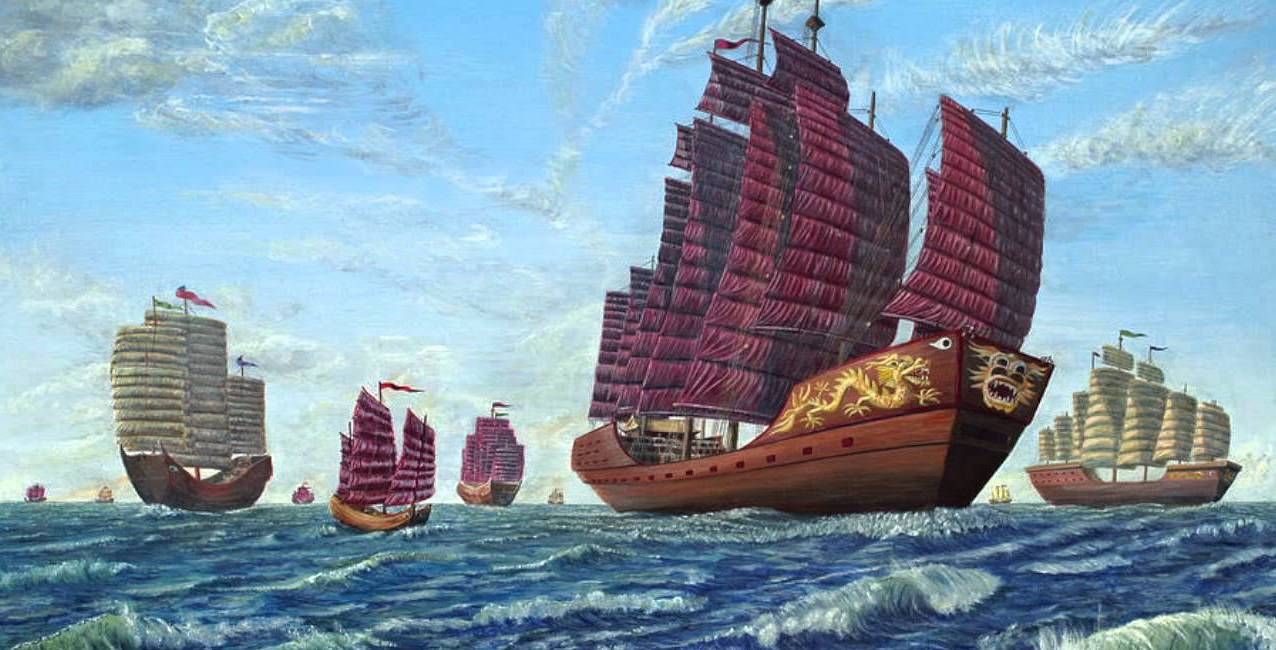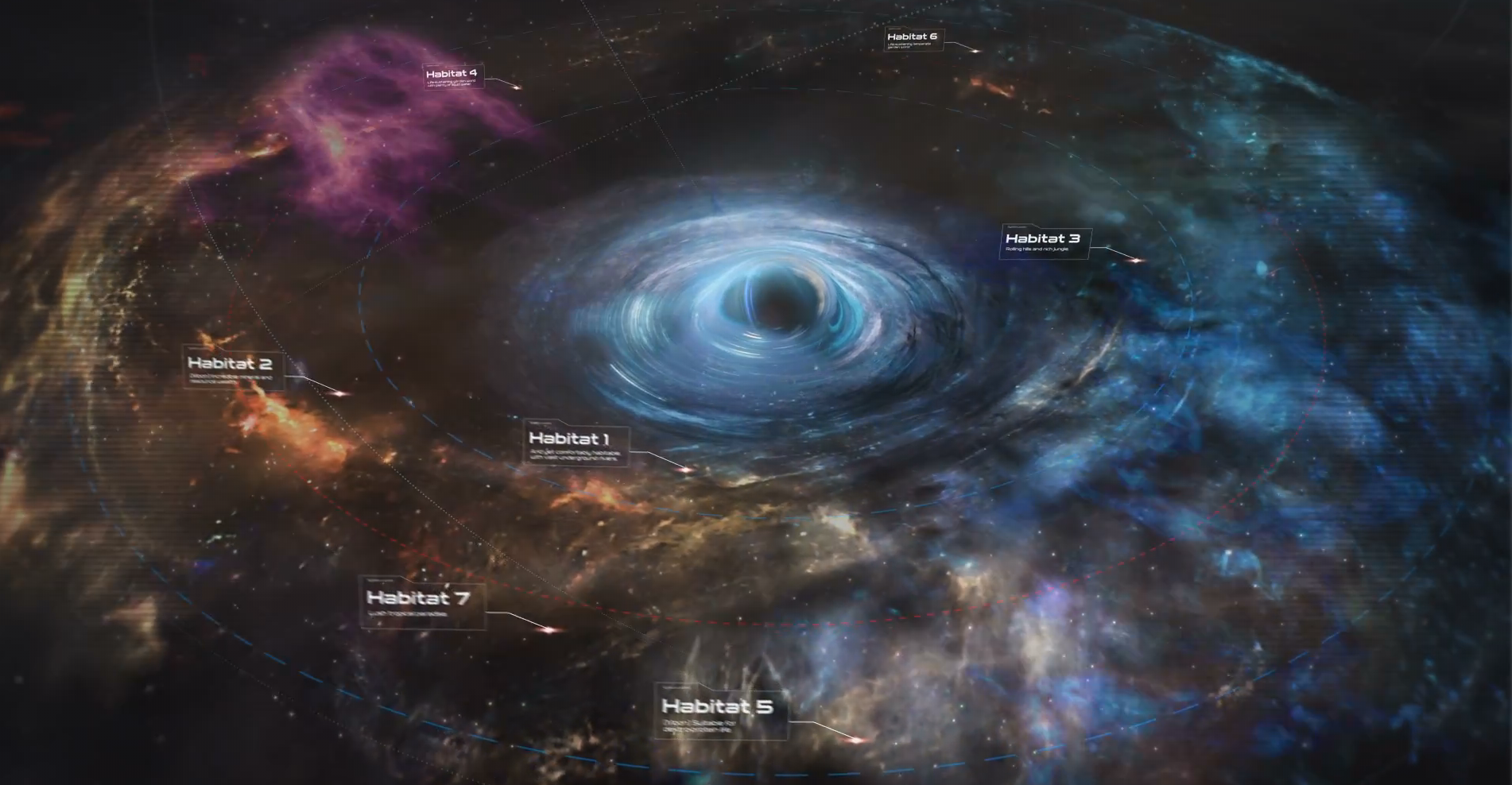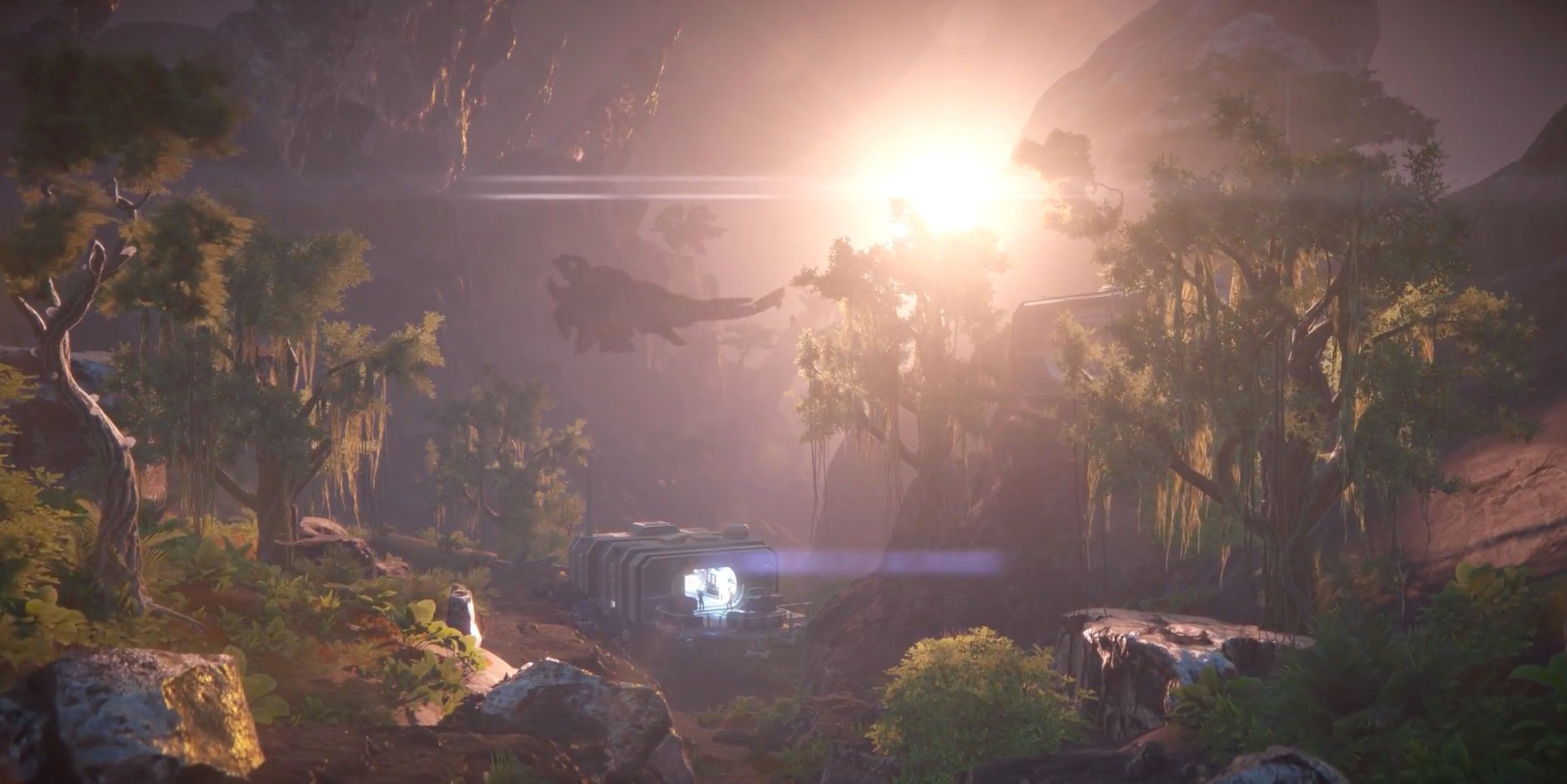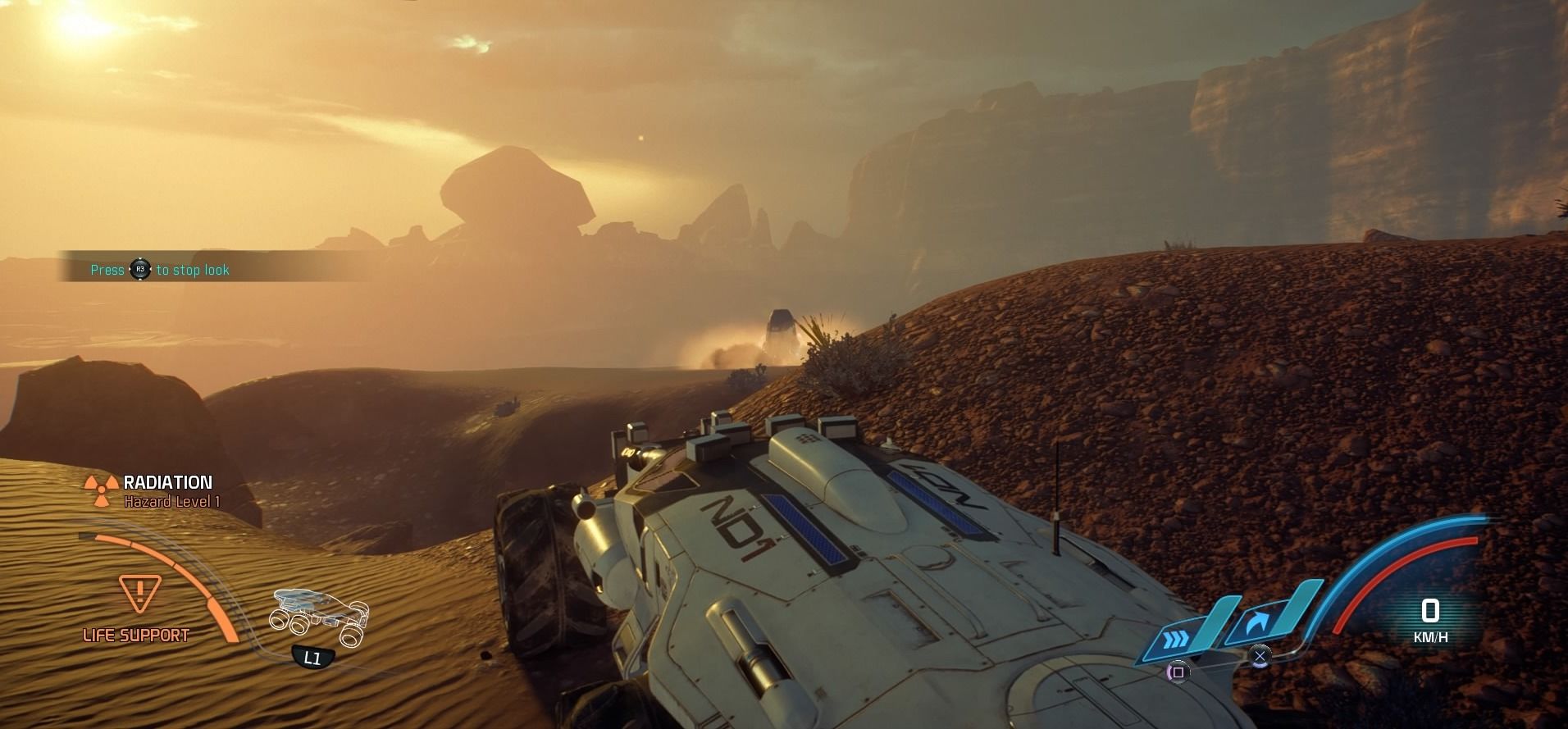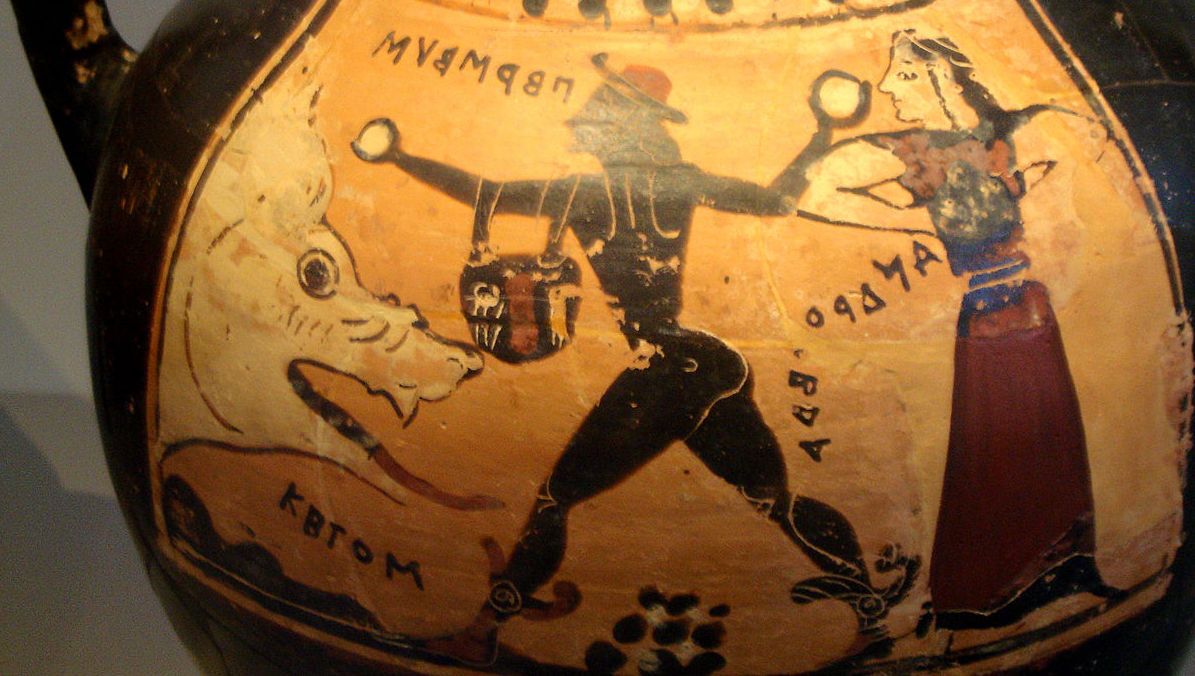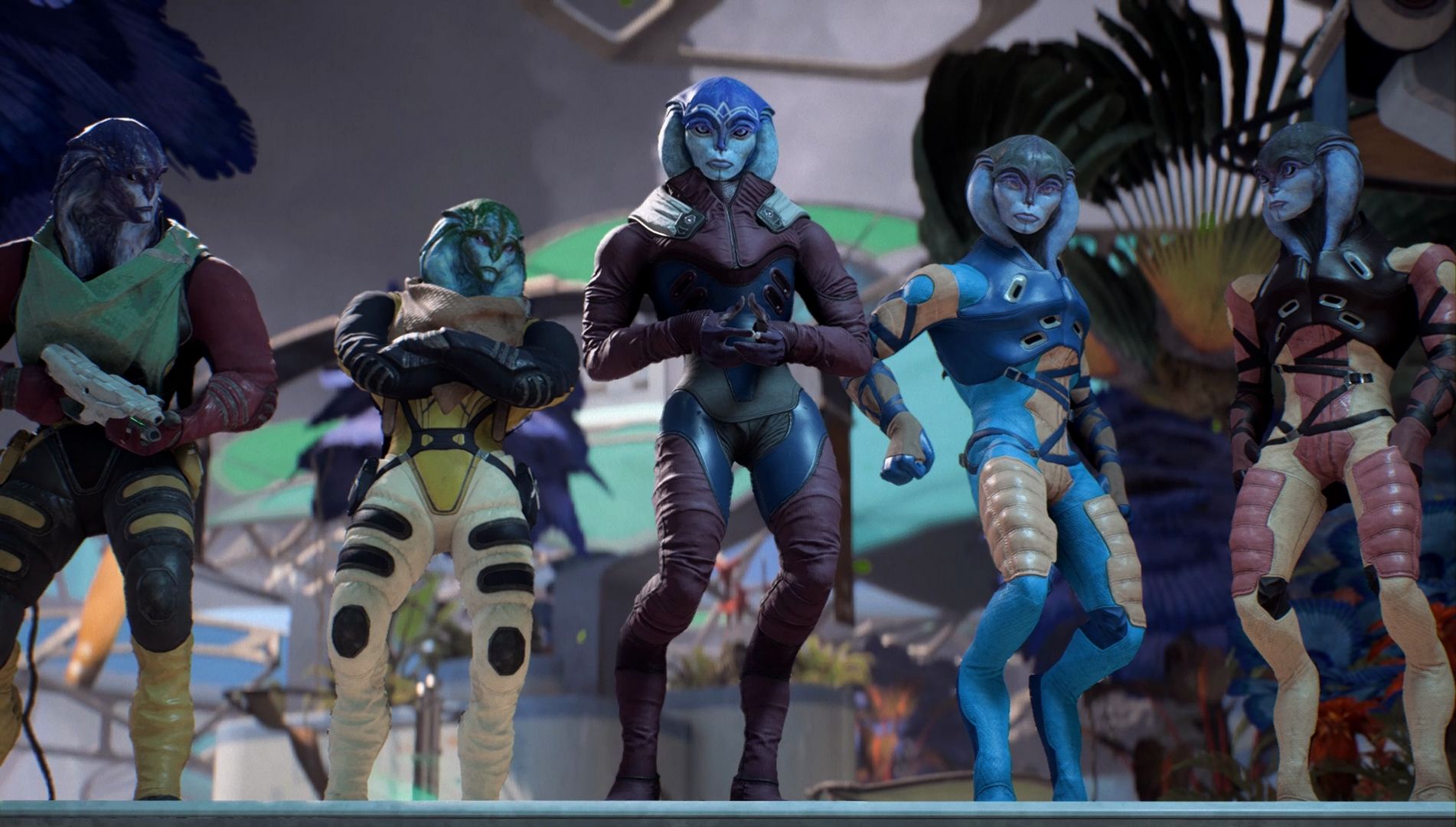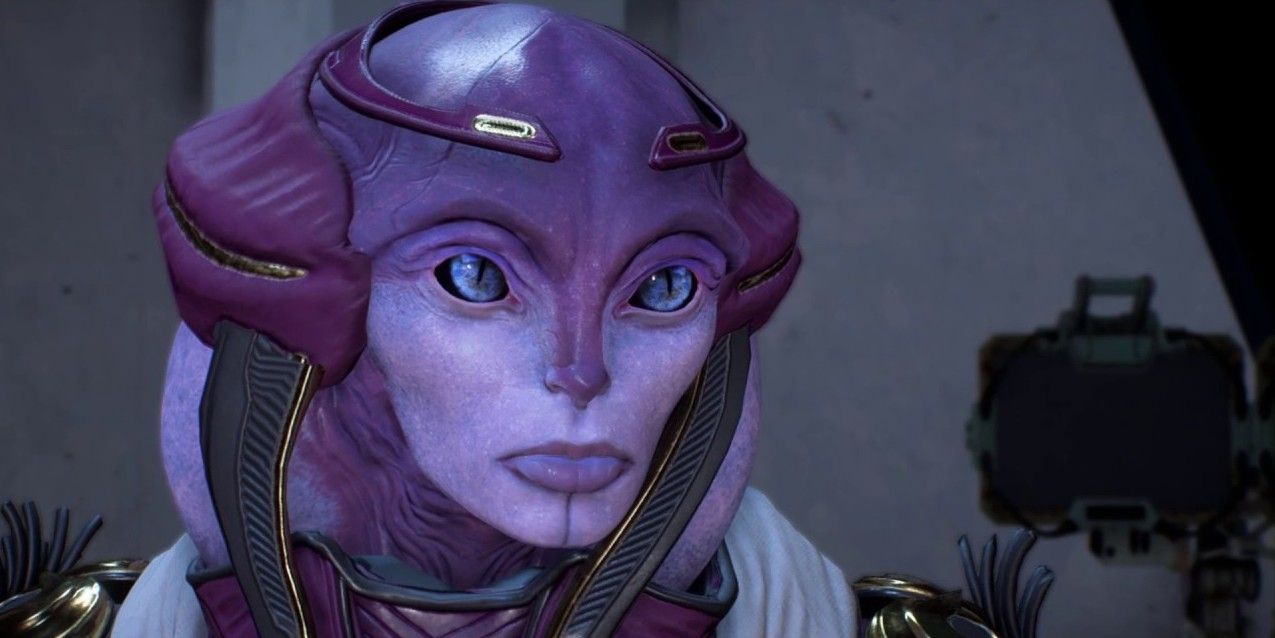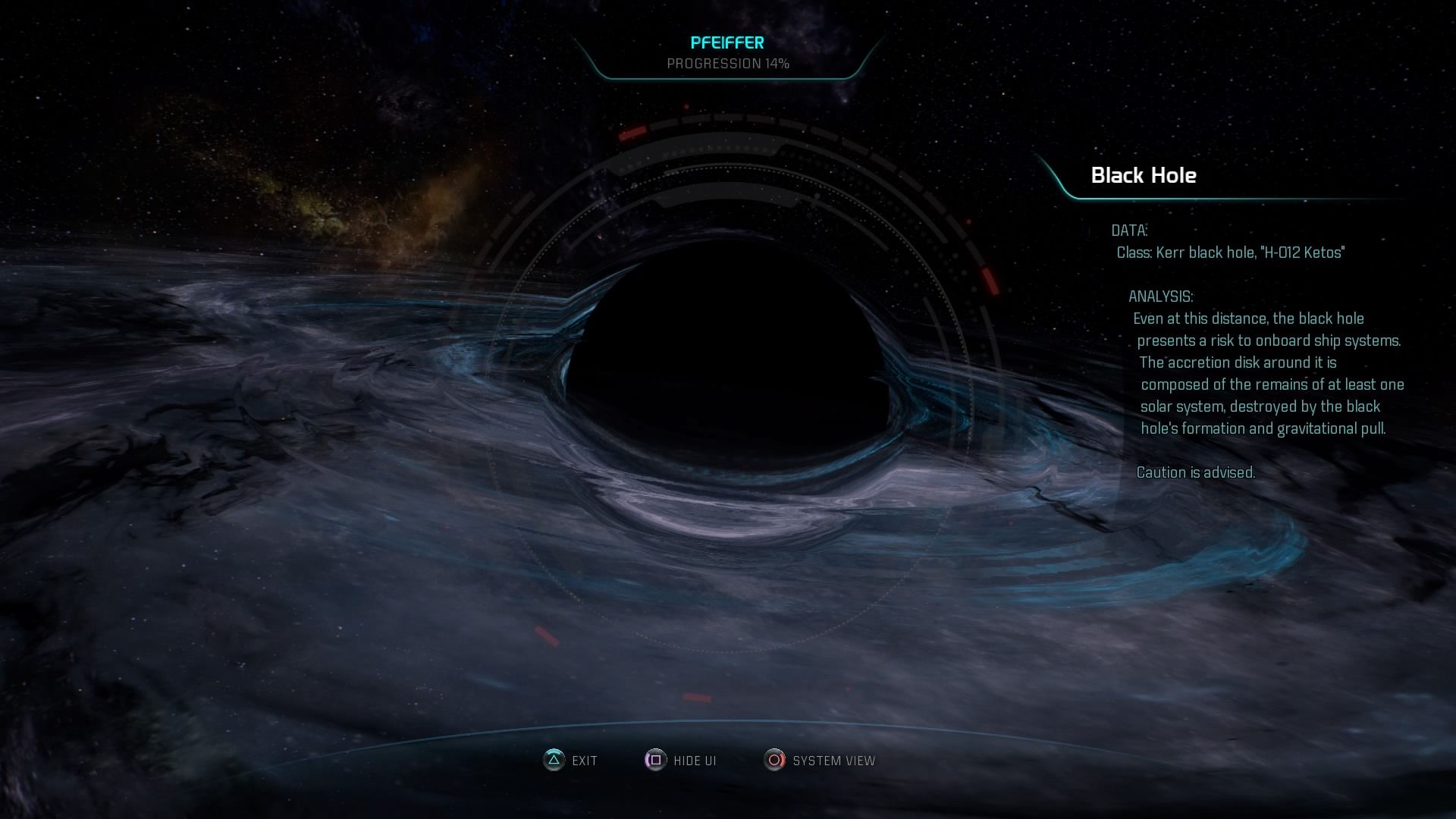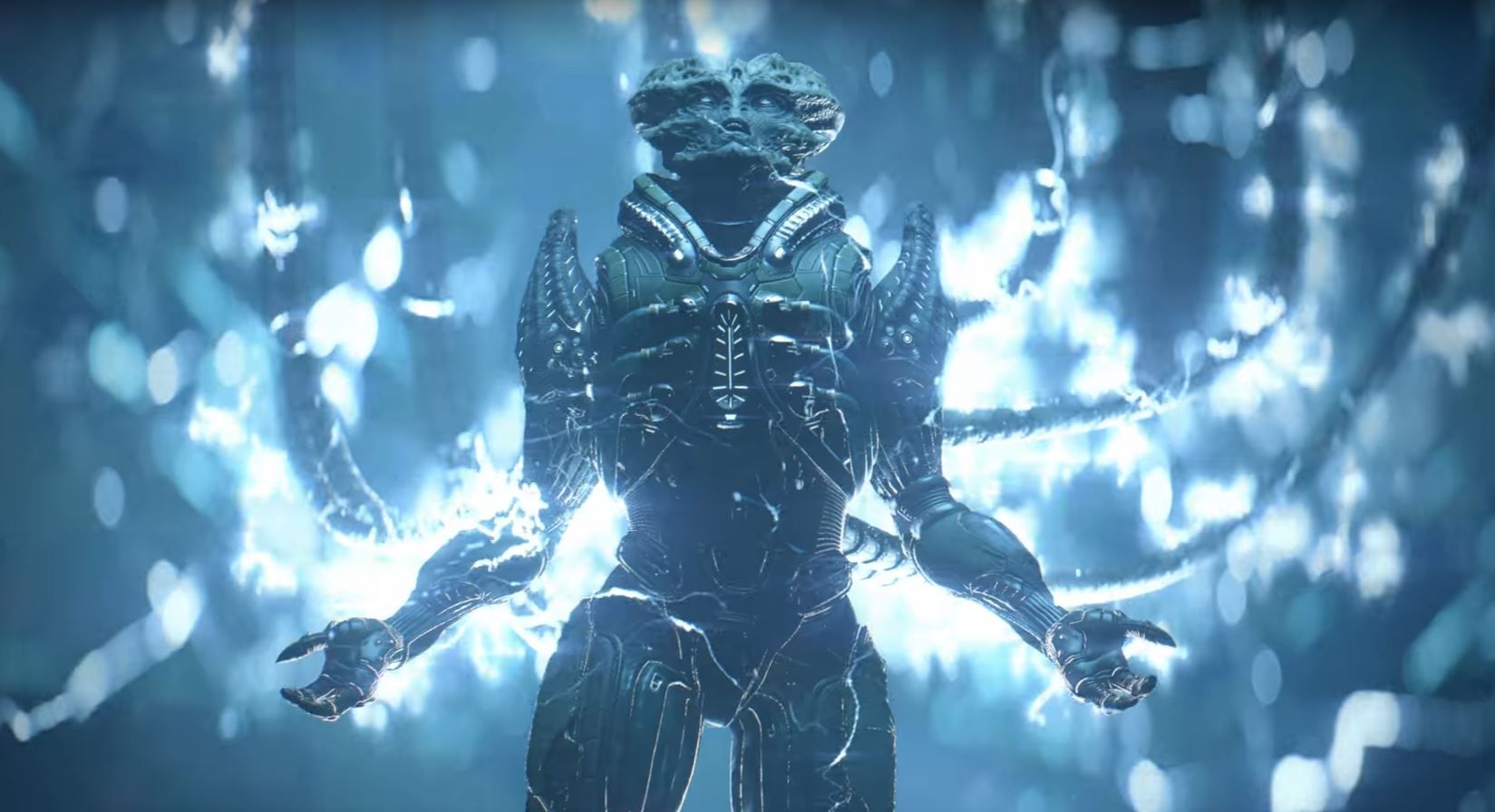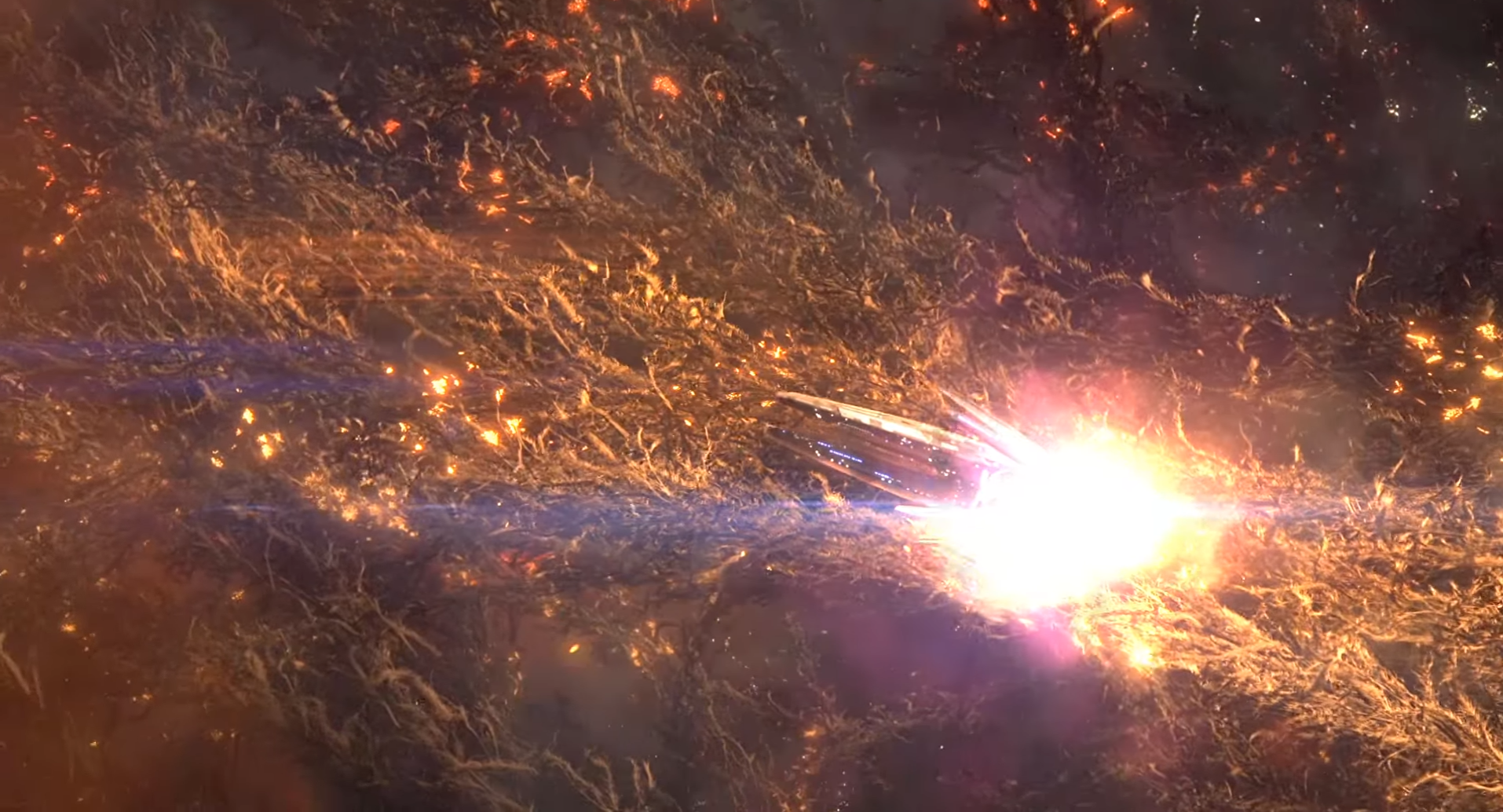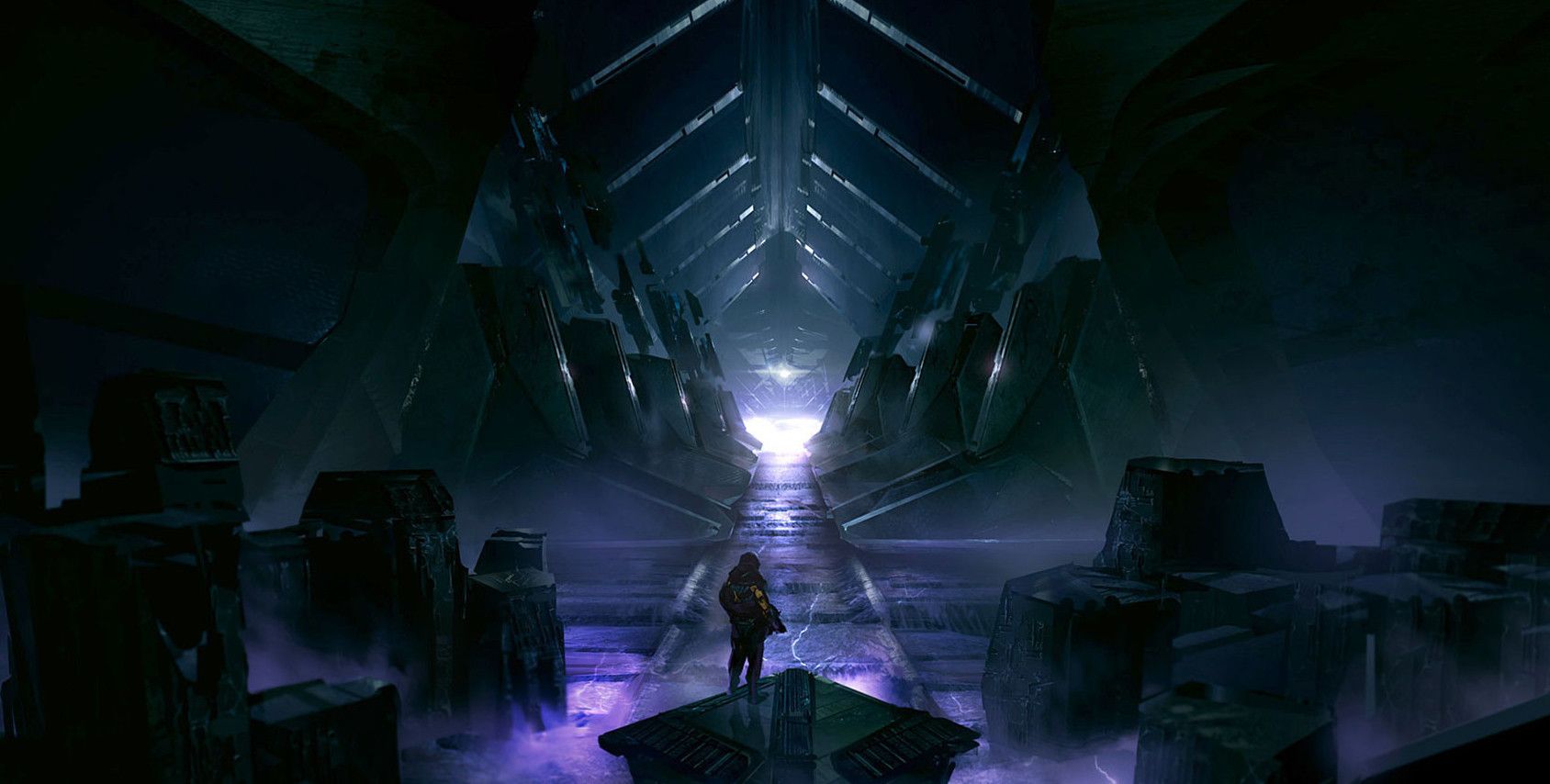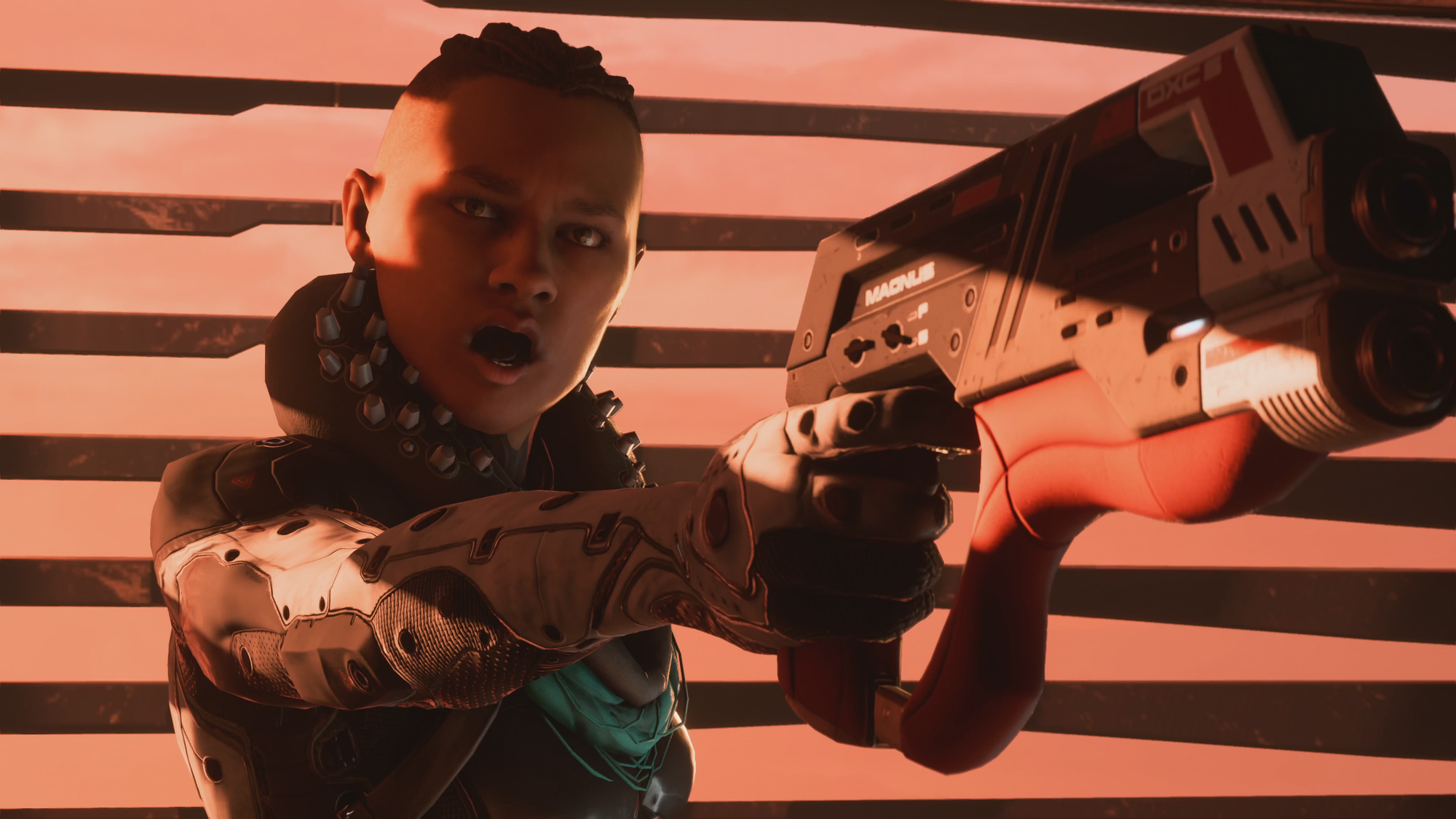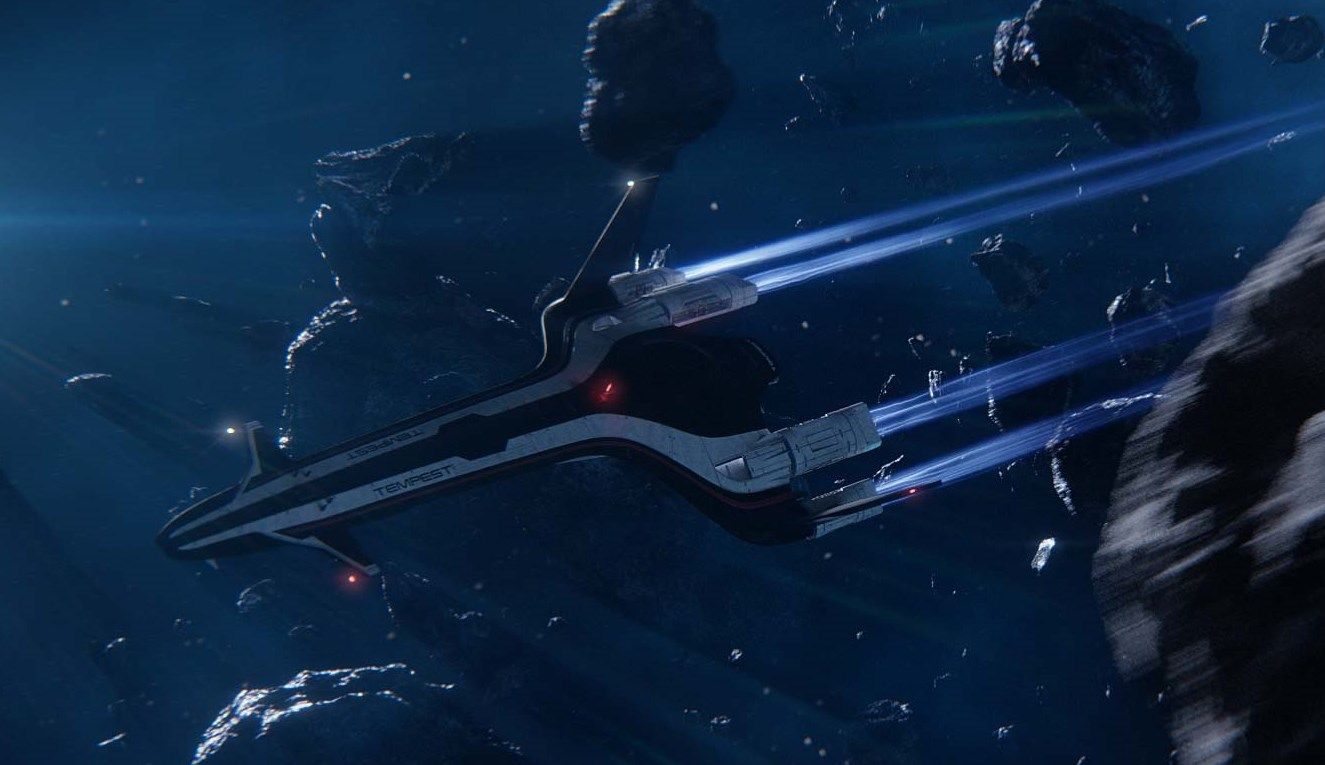Mass Effect: Andromeda has received a lot of controversial feedback since its initial release. Whether it be critiques on the glitchy animations, which have since been fixed, or disapproval over how SAM has the answers to absolutely everything, many fans haven’t been too pleased with BioWare over the series’ newest instalment.
But it’s time to step away from the gameplay and plot, and instead focus on the setting: the Andromeda Galaxy. Andromeda is an incredibly vast and detailed galaxy, and thus deserves a lot more recognition. The evident contrasts between it and the Milky Way Galaxy offer a fresh look at deep space. Never before have we witnessed such unique planets and predators. Never before have we been released into a new system that is so unlike anything we’ve seen before, where we must act as pioneers and explore every inch.
The Andromeda Galaxy also offers up many of new opportunities. Worlds are waiting to be settled and a wide range of resources are available, ripe for the taking. Though most of these worlds aren’t perfect and have their own minor flaws, the journey itself is worth the trouble, as we are able to traverse these breathtaking new lands.
15 Based On A Real Galaxy
Mass Effect: Andromeda takes place in the real Andromeda Galaxy. The galaxy, also known as M31 or NGC 224, is roughly 2.5 million light-years away from Earth. It is our closest and largest neighbouring galaxy at 220,000 light-years long and is visible to the naked eye on moonless nights. This makes it the largest galaxy in our Local Group, which consists of the Milky Way, the Triangulum Galaxy, as well as several other smaller galaxies.
The Andromeda Galaxy is much larger than the Milky Way, containing around one trillion stars while the Milky Way only contains an estimated 100-400 billion. Because of its size, there is much we don’t know about the galaxy. This means it could quite possibly house planets which share similar conditions to Earth. Thus, theoretically, if humans were in need of a second home, the Andromeda Galaxy, being the nearest largest galaxy to us, would be a viable place to search.
Fun Fact: the Andromeda Galaxy is approaching the Milky Way Galaxy at approximately 110 kilometres per second and some astrologists expect the Milky Way and Andromeda galaxies to eventually collide in 4 billion years.
14 Biodiversity Galore
From what is seen of the Andromeda Galaxy, it has plenty of diverse ecosystems. These ecosystems vary from planet to planet and provide us with an understanding of the biodiversity and climate of each planet. Some planets, such as Eos and Elaaden, are sandy and warm, while others, namely Voeld, are made of ice. There are also planets in between, with more neutral environments. These compromise of Havarl and Kadara.
Havarl has a very distinct biodiversity. It consists of wild, jungle-like vegetation and a large range of predacious animals and insects. Vibrantly coloured plants dot the environment and seemingly docile mysterious flying creatures can be seen on the horizon. By contrast, H-047c is bare and completely lacks any biodiversity, consisting of only rock. It is moon-like and thus full of craters. Though it was meant to be the Turian Golden World, there is no vegetation and no native animal life, as nothing can strive in its harsh conditions.
13 Connection To Famous Explorers
The Andromeda Galaxy is massive. In Mass Effect: Andromeda we are only able to explore a mere fraction of it. The Heleus Cluster alone is composed of 38 star systems which includes hundreds of planets. Some such systems include: Zheng He, Eriksson, Pytheas, Faroang, Jirayder, Nol, Joba, Tecunis, Dar’Hegah, and Faross, among others.
A few of these systems are named after famous Milky Way explorers. For example, Zheng He is a famous Chinese explorer, Eriksson is named for the Viking explorer Leif Eriksson, Pytheas is named after the Greek explorer Pytheas of Massalia, Tecunis is named for the first Salarian expedition to reach the Citadel, and Dar’Hegah is the first Batarian astronaut.
12 Most Of It Is Unexplored
Due to its size, a lot of the Andromeda Galaxy remains a mystery. In the game, we are only able to explore the Heleus Cluster, which is located on the outer fringes of the galaxy. In Mass Effect: Andromeda, it took the Andromeda Initiative 600 years to travel to Heleus from the Milky Way. Since the Andromeda Galaxy is so large, it would likely take a lot of time to travel to its other clusters. This being said, the Initiative is also at a standstill in the game, short on supplies and provisions, hoping to find their Golden Worlds quickly.
Because of this, it is impossible to gauge the real scope and size of the Andromeda Galaxy. We already know the real Andromeda Galaxy is much larger than the Milky Way Galaxy and it is likely that the developers followed this logic, but the fact that we aren’t able to examine the whole galaxy is somewhat of a letdown. However, some fans believe that the game is a buildup, allowing us to narrow in before we are finally able to explore the galaxy in all of its entirety in future games. These fans hypothesize that, with the creation of new Mass Relays or use of wormholes, the Initiative could branch out and explore the surrounding clusters.
11 Unique Planets
The Mass Effect series is known for it’s open-world experience, or at least semi-open-world. Andromeda dives into the Heleus Cluster which is stock-full of distinctive planets, though we are only able to fully explore a mere handful.
The new and improved Mako, now called the Nomad, allows for a thrilling way to get across these planets. BioWare’s General Manager Aaryn Flynn explained in an interview with IGN that in making Andromeda, the team sought to take the best parts of Mass Effect 1 and improve upon them, while also including ideas that they were unable to flesh out in the game. This includes a new ground-vehicle, which has not been seen since Mass Effect 1.
Using the Nomad, Ryder is able to explore caves and cliff tops, where occasionally new side missions can be found. Though many planets cannot be visited, the few that can be are altered after each stopover. New missions and locations are available after every visit, especially if the vault has been activated, which will create more suitable conditions as the game progresses.
10 Environmental Hazards
The goal of Mass Effect: Andromeda is to find viable planets with habitable conditions, thus the key factors of the game are to scout planets and establish outposts for settlers. Each planet has a variety of side quests and monsters to defeat, but these aren’t the only distractions: diverse environmental hazards pose additional challenges to exploring planets. These hazards include extreme conditions, radiation, pressure, and biological contamination, and make many planets exceedingly dangerous to explore. One may theorize, from the few planets we can explore, that each major star system has a different environmental hazard.
Eos is the first planet to be colonized by the Andromeda Initiative. It features a desert-like climate and sparse vegetation. Its major issue is its high level of radiation, which makes it impossible to scout without the Nomad. This creates a large challenge, as you are only able to traverse small-scale areas. Fortunately, environmental issues can be solved through the activation of Remnant vaults located on each planet and eventually, as seen with Eos, their climates will become more neutral and tolerable, allowing you to explore them more extensively.
9 Relation To Greek Mythology
The name Andromeda is originally taken from Greek mythology. Andromeda was the daughter of King Cepheus and Queen Cassiopeia of Aethiopia. When Andromeda was growing up, Queen Cassiopeia boasted of her beauty and claimed that her daughter was more attractive than the Nereids. The Nereids were the sea nymphs that helped lost sailors and were often seen accompanying Poseidon, the God of the sea.
Once Poseidon heard of this declaration, he decided to punish Queen Cassiopeia for her arrogance and sent a sea monster to plunder the coast of Aethiopia. The royal family desperately sought a solution and consulted the Oracle of Apollo, which announced that the only solution was to sacrifice their daughter. Andromeda was then chained to a rock on the coast and offered to the monster.
However, unbeknownst to anyone in Aethiopia, Greek hero Perseus was in the neighbourhood and managed to free Andromeda. The two eventually married and had two daughters and seven sons. Their youngest son was called Heleus. This may be a hint that the Heleus Cluster is the smallest cluster of the Andromeda Galaxy.
8 Native Species
Mass Effect: Andromeda has welcomed a new species on board: the Angara. The Angara are the only new species that appear to be friendly and sociable. Though they are initially skeptical of the new “alien” species, after earning their trust they will realize that you are all on the same side. The Angara are the only known sentient species native to the Heleus Cluster.
They have a strong military presence, many devoting their lives to fighting invading Kett. They are very free with their emotions and are big on physical contact, whether it be by hugging to show love or punching to show discontent or hatred. They are thus strongly family oriented and are raised communally by several “mothers.” A lot of their traits and characteristics are different from other species met across the Mass Effect games, offering a fresh look at an entirely new race of beings.
7 Incredible History
Since the Angara are local to the Heleus Cluster, they have a wide-spread history that encompasses several planets. Though they originated from Havarl, ancient Angara were able to achieve spaceflight and eventually settled five other planets across the cluster.
The Forge, an ancient site that contains the oldest pre-Scourge Angarian ruins, is found on Havarl and is considered the site of their civilization’s birth. Most of their knowledge of the past is based on oral histories. One such history explains that the Angara used to be nomadic and tribal before settling down into cities. A remnant of this may be their tight-knit family structure, which is deeply routed within their society.
In the side mission, Forgotten History, Ryder can scout Voeld, Kadara, and Elaaden, looking for ancient Angarian relics for historian Avela Kjar. Most of the Angara’s past was lost due to the Scourge, which struck in approximately 2,400 CE and destroyed much of their culture, and thus Avela is extremely grateful to piece together the few clues that remain of their history.
6 Rich In Resources
The Heleus Cluster is an extremely importation location not only because of its Golden Worlds, but also due to its high level of resources. At the centre of the Heleus Cluster lies a huge black hole. The formation of the hole was likely caused by the cluster’s ample element zero deposits, which can be found scattered in orbit and are accessible via scans. Planets in the cluster also have a high abundance of resources, such as minerals (they’re not rocks, Marie).
Minerals are can be found floating on anomalies in space, at mining zones scattered across planets, usually within distance of a drop site, and individually, as brightly coloured formations that can be manually collected. Certain planets have specific resources available. Materials such as Titanium can be found on Kadara and H-047c, Vanadium can be obtained on Eos and Kadara, and platinum can be accessed on Havarl and Voeld.
5 Invasive Enemies
The main villains of Mass Effect: Andromeda are the Kett, a skeletal-looking species who hail before their leader, the Archon. The Archon is known for his obsession with Remnant technology and will stop at nothing to understand and gain its power, sending parties of Kett soldiers to investigate sites.
The Kett are not native to the Heleus Cluster and in fact only arrived 60 years before the Andromeda Initiative. Since their arrival, the Kett tricked the Angara into a false sense of security, showering them with kindness, before provoking hostilities between Angaran worlds. Divided, the Angara were easily defeated. The Kett then began to abduct Angarians. Mixing their DNA into the bodies of Angarians, they were able to create more Kett and thus many believe this is their primary method of reproduction. It is suspected that long ago their species began to stagnant and became sterile, forcing them to find other methods to continue and enhance their species.
4 Scourge Origins
The scourge is a massive electromagnetic phenomenon that plagues the Heleus Cluster. It is extremely dangerous and is capable of destroying spaceships and affecting nearby planets. Due to this, it poses a huge problem to the Andromeda Initiative. The scourge not only interferes with the arrival of the arks, putting their safety on the line, but it also has the ability to wreck havoc on planets, such as Habitat 7, and creates a huge challenge in navigating smaller spaceships and shuttles. Due to this hazard, it is difficult to extensively study the scourge and investigations are ongoing.
Before the departure of the Andromeda Initiative, long-range data showed no sign of the scourge. It is therefore theorized by Nexus scientists that the scourge may have materialized within the 600 year stasis period while the arks were en route. Another main mystery of the scourge is that it appears to be artificial. Its origins are yet to be discovered, but due to its composition, it is impossible that the scourge was produced by any celestial event known to astrophysics. Therefore it may be a synthetic creation, with a specific purpose.
3 Vaults
The vaults are mysterious underground complexes that go on for miles and are scattered across planets in the Heleus Cluster. They are maintained by the Remnant and are able to terraform worlds, making them habitable. In Mass Effect: Andromeda, it is soon discovered that there is a large network of vaults which are dormant and awaiting activation. Vaults can be activated by powering up monoliths, large structures on each planet’s surface. There are several monoliths per planet which can be operated with SAM's help.
These vaults are highly important to sustaining planet environments and climates. However, in order to get inside a vault Ryder must face several hostile Remnant. These Remnant appear to be conserving the vaults and ensuring their safety. The reason behind the creation of the vaults is initially unknown, but is further explained in the game.
2 Outposts And Colonies
Once Ryder is able to activate a vault and stabilize a planet’s climate and atmosphere, he can establish outposts. These outposts act as research or military stations and allow members of the Nexus to branch out and study the planet. Outposts can be built on Elaaden, Eos, Kadara, and Voeld.
There are also several colonies already established before the arrival of the human ark to Heleus. These include the Krogan colony on Elaaden and the exile colony on Kadara. These settlements are outside of Nexus law and thus it is up to Ryder to either bridge an agreement and forge alliances with them or to continue keeping them at an arms length. Outposts can be established on these planets, but permission is needed from the colonies.
1 Mass Effect’s Most Beautiful Galaxy So Far
Through Mass Effect’s newest instalment, we are transported to the Andromeda Galaxy. And it is magnificent. Current consoles have provided BioWare with the capacity to amp up their visuals and create crisp and clear images. Though Mass Effect’s previous games didn’t shy away from possessing great graphics, Commander Shepard’s final voyage through the Milky Way was five years ago and much has changed since then. Now, with new generation consoles, developers were able to work upon the foundation they started in Mass Effect 1 and create a clearcut image of the Andromeda Galaxy in all its glory.
The vibrant visuals are extended to cut scenes of the Tempest travelling from planet to planet, which offers us with a first-person feeling of sitting at the spaceship's front window and watching the stars go by. Though many fans were initially annoyed at the slow, but beautiful animation, BioWare’s patch 1.05 allows for it to be skipped.

